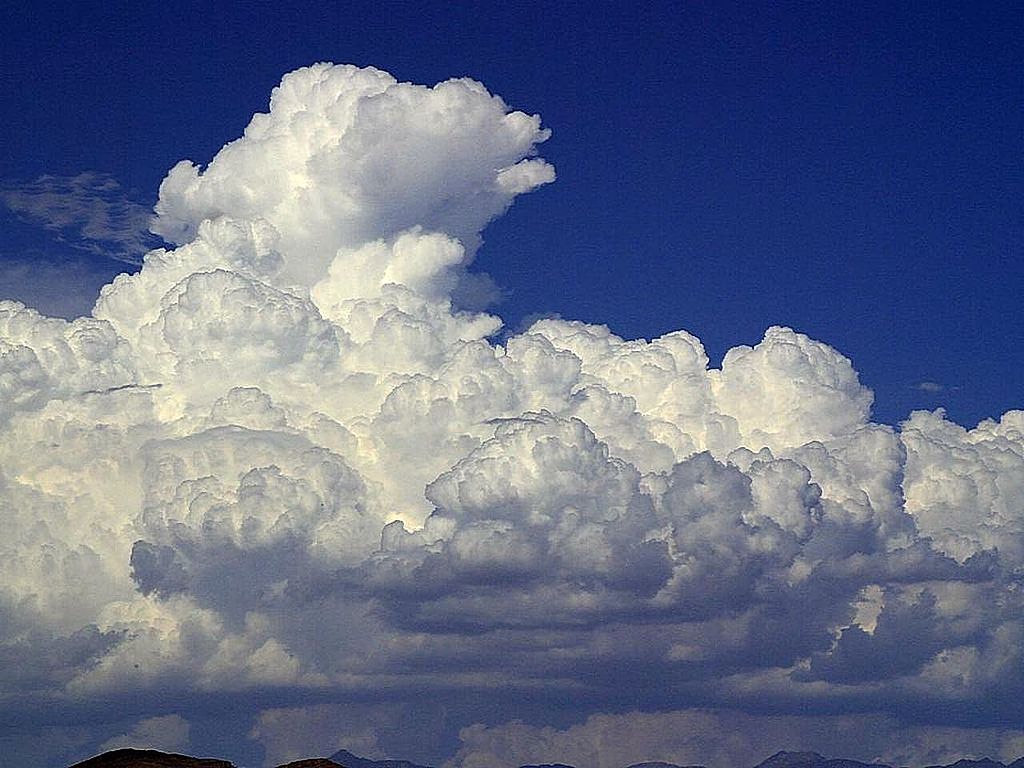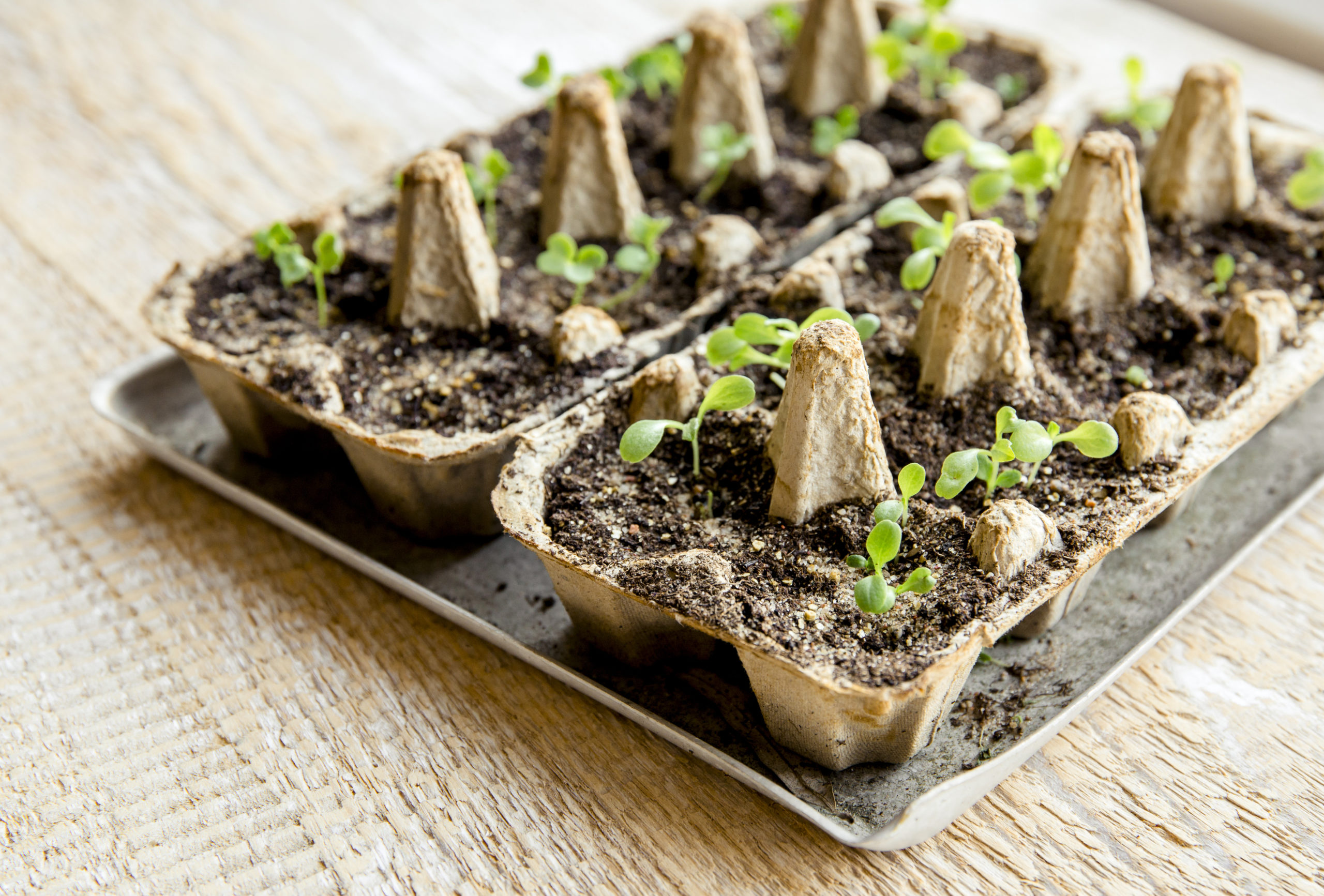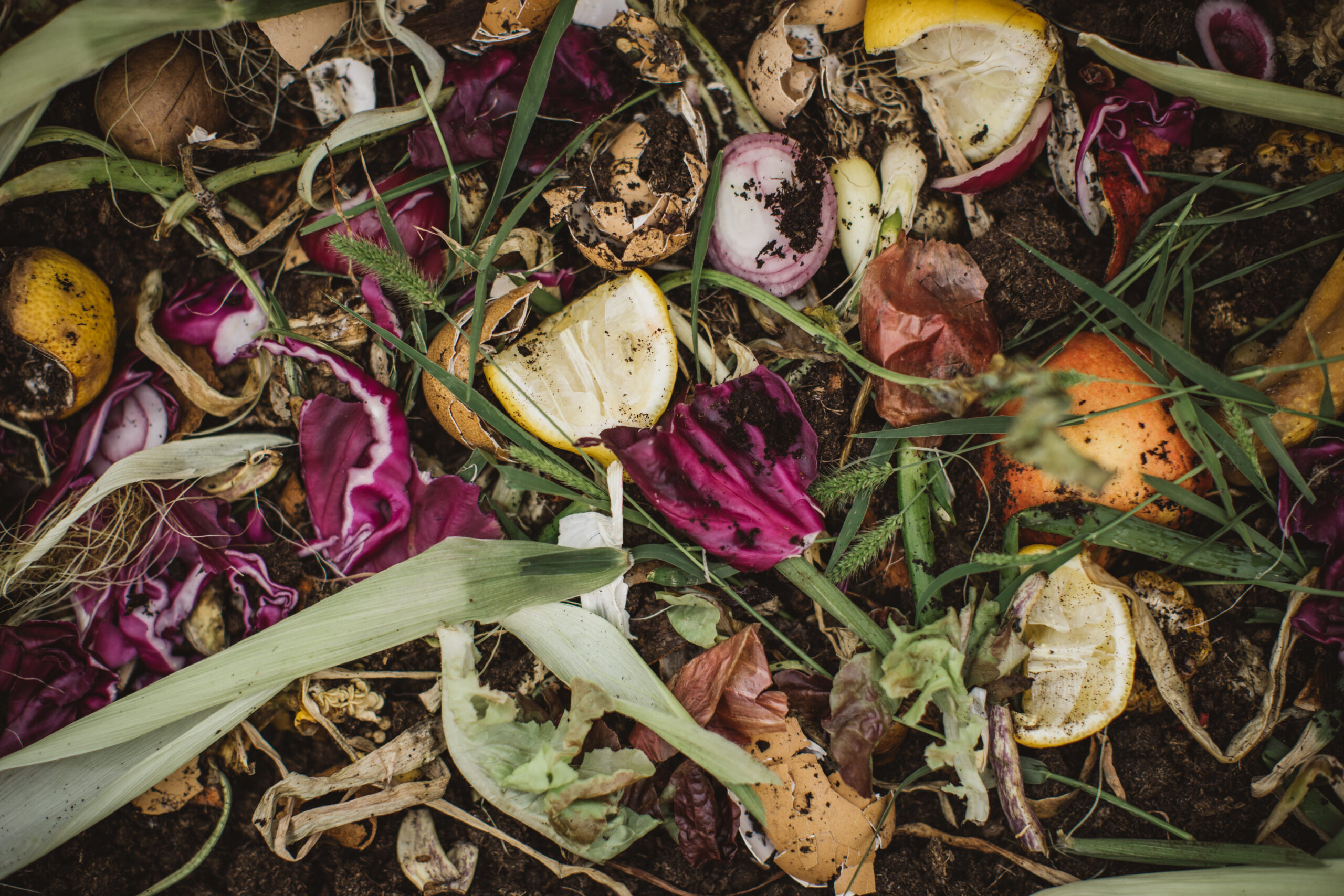One, perhaps unconventional, way of dealing with food waste? Transforming it into something beautiful.
“When it comes to circular economies Circular EconomiesA circular economy is basically a recycling superhero of the business world. It's all about keeping products and resources in a never-ending loop of usefulness instead of letting things go to waste. It's smart, sustainable, and takes a heck of a lot of creativity. and reconceiving of things we already have, I think the artists have it figured out,” says Sarah Tulga, Science World Climate Education Specialist.
“Because when you think about the kind of mindset this situation requires, it’s creativity.”
Enter Gwenyth Chao, an interdisciplinary artist who uses all sorts of methodologies in her practice—from cooking to chemistry—to create art from found objects.
“I find certain materials so compelling that they had to have another life after whatever the capitalist economy conceived as their original function,” Chao says. “I’m interested in exploring what that might be.”
One of the recent materials to captivate her imagination? Food waste.
“Everyone in my social circle is intimately connected to food, whether they’re gardeners or pastry chefs, so I was always roped into helping out in the kitchen,” Chao says. “That's where my material interest developed, by playing with the foods that people were asking me to help with.”
Chao currently works within a self-imposed rule that her materials have to be “ingestible.”
“I don't say ‘edible’ because then people have the connotation that it would taste good,” she says. “And cooking is definitely not my forte.”
Chao begins by considering the properties that are inherent to the materials she’s working with, like eggshells or carrot tops.
“I work a little differently than designers or engineers because I don’t choose my materials, per se, I respond to whatever waste is created in my community, either through the community kitchens I’ve partnered with, or Science World, or Strathcona Community Centre,” Chao says. “And then through trial and error, I experiment with what those materials can become.”
In the case of tapioca starch, her first foray into biomaterials, its inherent stickiness leant it well to bioplastics.
“Instead of imposing my will, like, ‘I must make you into paper,’ or ‘I must make you into clay,’ I try to listen to the materials, as crazy as that sounds, and through a lot of experimentation, see what the materials want to become.”
Making these biomaterials requires working between disciplines; gastronomy, weaving, ceramics and sculpting. “I see compost as both a material and a metaphor because it’s a process that mixes everything together,” she says.
And as much as it is art, Chao’s work is also science; she borrows processes from chemistry and when making bioplastics, polymer chemistry.
“A lot of my practice is about shaking up the value system when it comes to ‘waste,’” she says. “There’s often an arbitrariness to how we value and quantify it. If you take coffee grinds as an example, many of us will consider them waste and throw them out, but gardeners will use them in the soil as an amendment for nitrogen. And then in gastronomy, those coffee beans could be covered in chocolate and treated as a delicacy.
“It’s fascinating when you start considering ‘waste’ through different disciplines.”
What do your materials want to become?

Your pop bottle can hold a weather system.
Make a water-cycle terrarium
Your egg carton can grow food.
Make a seedling pot
Your food waste can be recycled by worms.
Make a portable worm farm
Curious for more science of circular economies?
Explore the science and solutions for regenerating our planet at Change Reaction.
